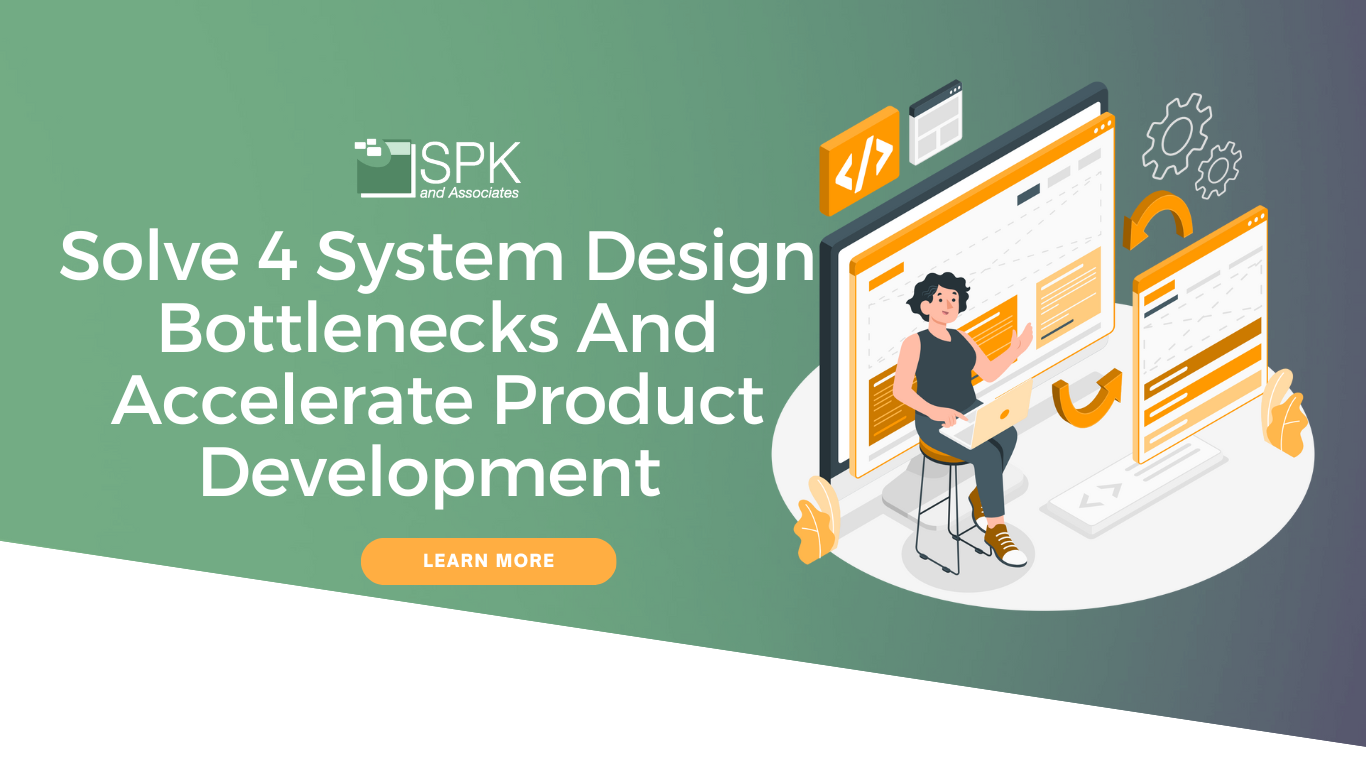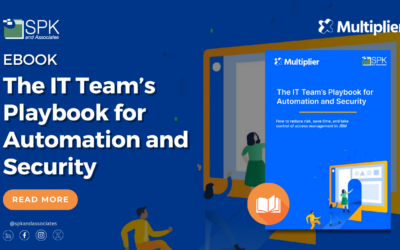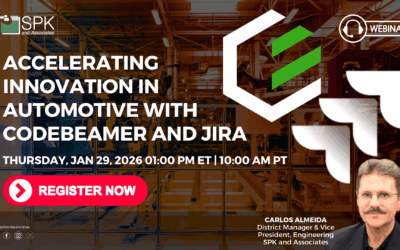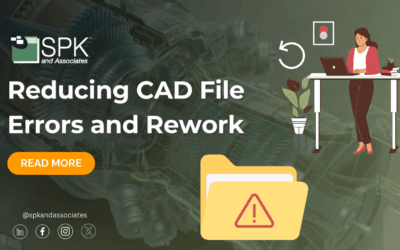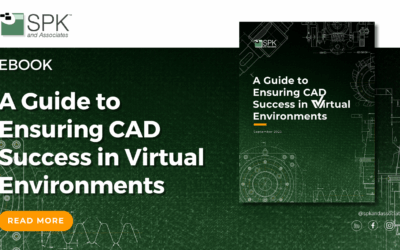Are you satisfied with the speed of your product development? It’s rare I’ve heard an engineering team say that their development and release cycle velocity was “good enough”. Yet, time to market is so important for companies. So, like the track runner, we’re constantly trying to shave more and more time off the product development cycle. Subsequently, we need to remove system design bottlenecks from workflows.
A recent paper from Onshape described four key bottlenecks. These potentially slow down the product development cycle. While these aren’t the only bottlenecks, they are definite challenges felt by many teams:
- Product Development Collaboration
- The Outdated Waterfall Method
- Versioning Issues
- Data Loss

Onshape sells Computer Aided Design (CAD) software. So, of course they would like you to adopt their software to fix your bottlenecks. But, while these bottlenecks are real, you don’t necessarily need a full-on, disruptive CAD software change to address them.
Don’t get me wrong – Onshape is good CAD design software. They’ve done an excellent job of creating a true Software as a Service (SaaS) CAD tool. You can explore the full functionality of Onshape’s CAD software compared to the likes of SolidWorks in this helpful blog.
But, let’s say you’re an established engineering team. And, you’re in the midst of designing products. In that scenario, it’s highly unlikely you’ll implement disruption and change your CAD tool. Instead, you’re more likely to be interested in smaller or incremental changes that can make an impact. Ultimately, these can help fix system design bottlenecks.
1. System Design Bottlenecks: Problems With Product Development Collaboration
“…when there’s no remote access or collaborative features in place, users are completely cut off from their team members and co-workers. Lack of flexibility in the workplace inevitably leads to decreased productivity levels and stifled innovation for a company.”
This is definitely true. However, there are other methods to create remote access and collaboration with existing CAD/PDM solutions such as SOLIDWORKS or Creo. Hosting a company’s PDM in the cloud is a first step towards easier remote access. Putting your PDM in the cloud has immediate benefits. These include:
- Easy implementation and scalability for your company’s specific needs.
- A fast, secure upload process.
- Elimination of unreliable VPNs to support remote work.
- Real-time collaboration across all time zones and locations.
- Unification of your entire product record, thus reducing costly errors.
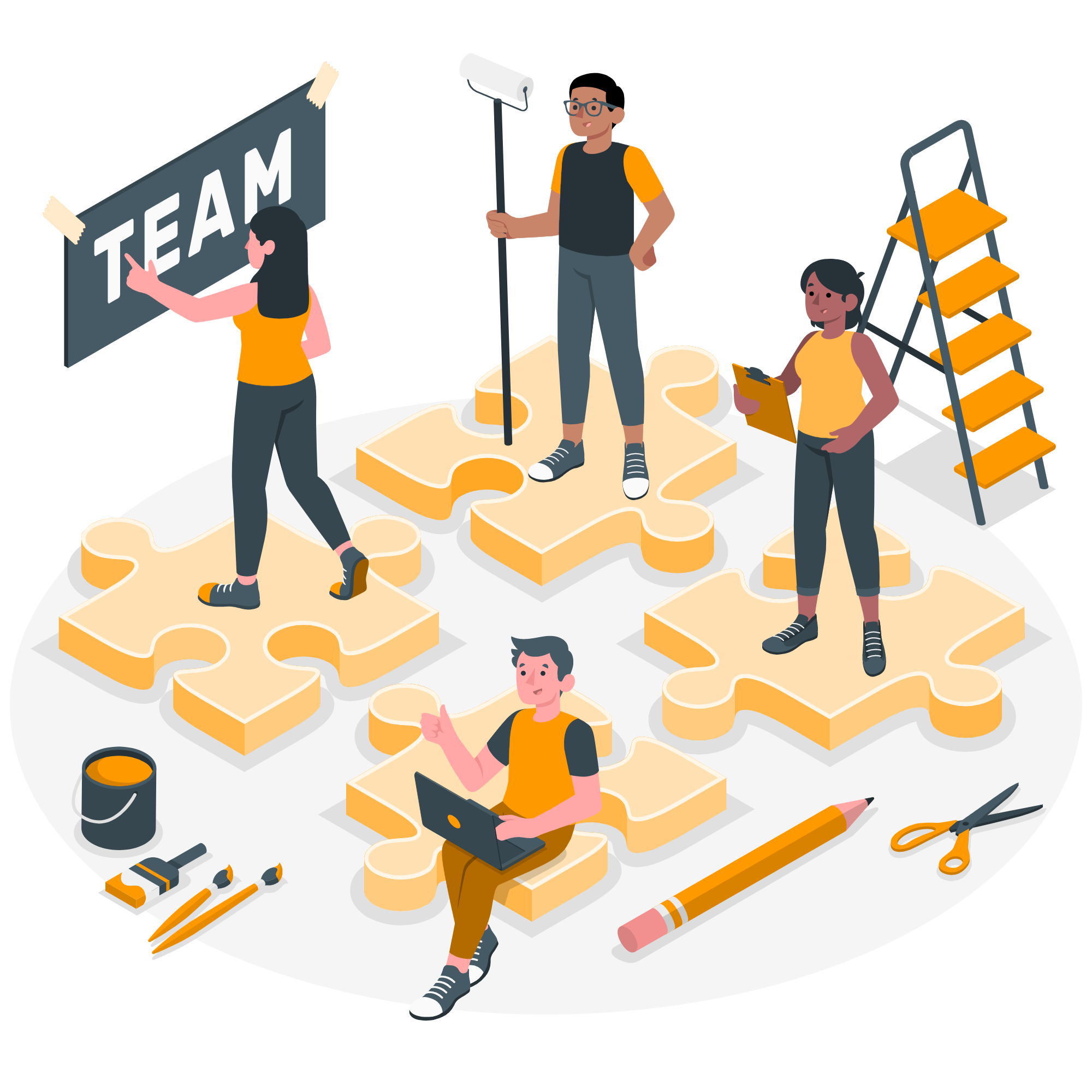
Another method that helps with product collaboration is using a solution like vCAD, or an engineering virtual desktop. vCAD enables you to use your CAD software, like SOLIDWORKS or Creo, in a browser from any device. These include Mac, iPad, Linux, and so on. Coupled with PDM in the cloud, the engineer is then able to work anywhere in the world with great performance. Work from anywhere, on any device. vCAD also allows you to easily share the virtual desktop and collaborate with your team members.
2. System Design Bottlenecks: Why Stick with The Outdated Waterfall Method?
Why indeed? Using an Agile or modified Agile approach in product development is absolutely possible, and I would argue necessary. But, Agile is not just for software development. Indeed, the Agile philosophy has origins in LEAN manufacturing This was first observed in the Toyota Production System. Many product development teams, including regulated teams, use a modified Agile methodology today.
Adopting a Waterfall or Agile philosophy is not dependent on which CAD software you use. First, the product team’s organization, approach and processes must be set up to reflect and support the philosophy adopted. But, it is important to have a technology stack that can support your Agile methodology.
A cloud based PDM system provides data management that is flexible and responsive. Also, a cloud-based project management system that supports the Agile approach is required. So, it’s helpful to know that Atlassian’s Jira works extremely well in Agile software and product development teams.
3. System Design Bottlenecks: Versioning Issues
This is an area where the Onshape solution provides improved:
-
-
- Collaboration.
- Communication.
- Efficiency.
-
Even with cloud-based PDM and virtual CAD, by design, only one engineer at a time can modify a piece of design data. PTC Onshape’s data structure (non-file based) allows engineers to work concurrently on the same design data. Therefore, it can increase efficiency.

4. System Design Bottlenecks: Data Loss
Having a resilient backup system for your CAD workstation and your PDM system is a critical necessity. Having both cloud-hosted CAD and PDM systems provide the most comprehensive protection against accidental or intentional data loss. First, using a virtual workstation such as vCAD protects against hardware failure. Also, it is immediately accessible again from any device. Finally, the state of the workstation remains as-is. The CAD design remains intact.
Having a well-configured PDM system, whether in the cloud or not, provides the next layer of defense for engineers. Once a design is checked into PDM, it is versioned and protected. When the PDM system is in the cloud, additional layers of data protection can easily be configured on the PDM host using cloud services.
Using both vCAD and a cloud-based PDM results in a flexible, resilient, reliable CAD environment.
Conclusion
Onshape is a true Software as a Service (SaaS) CAD tool. The tool can assist you with addressing key system design bottlenecks to accelerate product development. However, it is not necessary to make such a disruptive change, if you already have your team and processes on a different CAD such as PTC Creo or SolidWorks. You can address the design bottlenecks through smart implementation of cloud PDM along with a virtual engineering workstation (vCAD). Finally, using an interactive and flexible product development approach like Agile will speed up time to market. And having the right tools to support your Agile approach is a necessity.
If you would like to understand more about how vCAD can help your business, check out these use cases.


